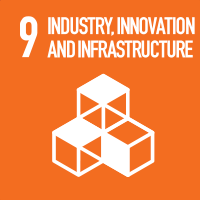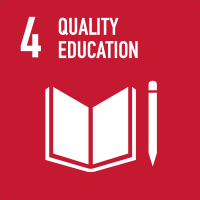Studying at the University of Verona
Here you can find information on the organisational aspects of the Programme, lecture timetables, learning activities and useful contact details for your time at the University, from enrolment to graduation.
Study Plan
This information is intended exclusively for students already enrolled in this course.If you are a new student interested in enrolling, you can find information about the course of study on the course page:
Laurea magistrale in Languages, Literatures and Digital Culture - Enrollment from 2025/2026The Study Plan includes all modules, teaching and learning activities that each student will need to undertake during their time at the University.
Please select your Study Plan based on your enrollment year.
1° Year
| Modules | Credits | TAF | SSD |
|---|
1st foreign language2nd foreign language1st foreign literature2nd foreign literature1 module among the following (philology must be related to one of the chosen languages)Germanic philology LM. Manuscript and Textual Studies
2° Year activated in the A.Y. 2024/2025
| Modules | Credits | TAF | SSD |
|---|
1 module between the following3 modules among the following (related to the language and literature chosen)Digital lab| Modules | Credits | TAF | SSD |
|---|
1st foreign language2nd foreign language1st foreign literature2nd foreign literature1 module among the following (philology must be related to one of the chosen languages)Germanic philology LM. Manuscript and Textual Studies
| Modules | Credits | TAF | SSD |
|---|
1 module between the following3 modules among the following (related to the language and literature chosen)Digital labLegend | Type of training activity (TTA)
TAF (Type of Educational Activity) All courses and activities are classified into different types of educational activities, indicated by a letter.
Computational thinking (2023/2024)
Teaching code
4S010869
Teacher
Coordinator
Credits
6
Language
English
Scientific Disciplinary Sector (SSD)
INF/01 - INFORMATICS
Period
II semestre (Lingue e letterature straniere) dal Feb 19, 2024 al May 25, 2024.
Courses Single
Authorized
Learning objectives
In this course students will be introduced to computational thinking, the process of approaching, analysing, formulating, and solving a problem in such a way that the solution can be performed by a computer. At the end of the course students: will learn the historical and theoretical background of computational thinking; will know the principles at the core of computational problem solving; will be able to understand the capabilities of computers, to formulate problems to be addressed by a computer, and to design algorithms that a computer can execute.
Prerequisites and basic notions
The course can be followed by all people with some basic knowledge of mathematics.
While having background knowledge or practice on the basics of computer science or programming would be preferrable, there are no substantial requirements to this course.
Program
Computational thinking is a problem-solving approach rooted in computer science concepts, aimed at expressing solutions for computer execution. In an era where computing is pervasive across society, including business, humanities, and daily life, mastering computational thinking is essential. It is crucial for designing websites, analyzing text, understanding SEO, setting up digital marketing campaigns, and other tasks for communication professionals.
The course focuses on the four pillars of computational thinking: decomposition, pattern recognition, data representation and abstraction, and algorithms. Real-world problems requiring computational thinking will be explored, emphasizing its subtle role in everyday operations. Examples range from using string search for speech assistance to understanding how algorithms contribute to tasks like suggesting a movie to watch.
The course delves into algorithms' significance in citizens' and professionals' daily lives, teaching expression in natural language and pseudo-code. Evaluation methods include analyzing complexity and running time to determine algorithmic superiority for specific problems.
Bibliography
Didactic methods
Frontal lessons with active learning activities with hands-on experience. Exercises to be done at home. Slides shared with the students and examples of programs in Python.
Learning assessment procedures
Attendance to the course is highly recommended.
There is no difference in the curriculum, materials, and exam between attendees and non-attendees.
The examination will require the development of a project with a report, and its discussion during the exam.
Evaluation criteria
Knowledge of the basics of computational thinking.
Ability to describe in an algorithmic way the solution to a simple problem.
Knowledge of the basics operations and c onstructs to convert algorithms in programs. Ability to write a simple program and execute it.
Criteria for the composition of the final grade
Grade is computed as weighted score based on evaluation criteria.
Exam language
english



